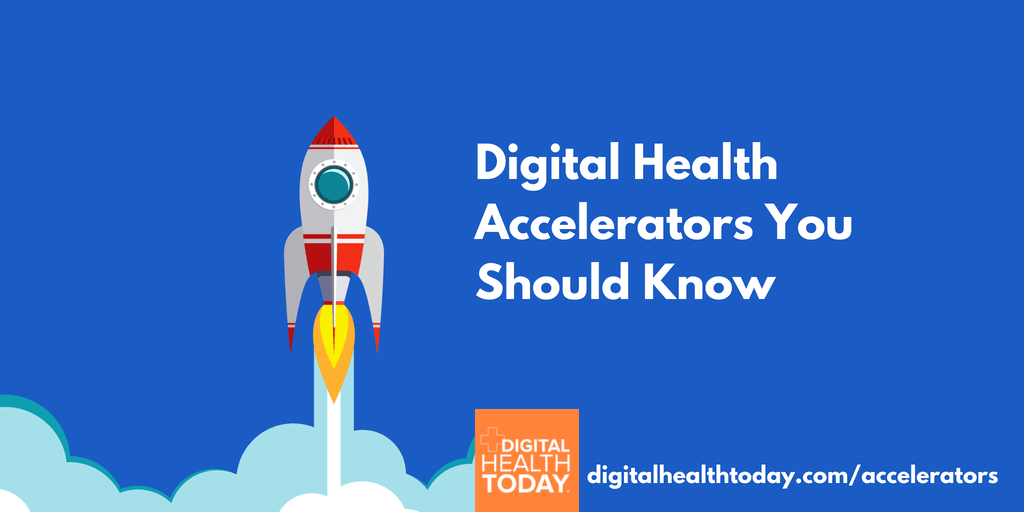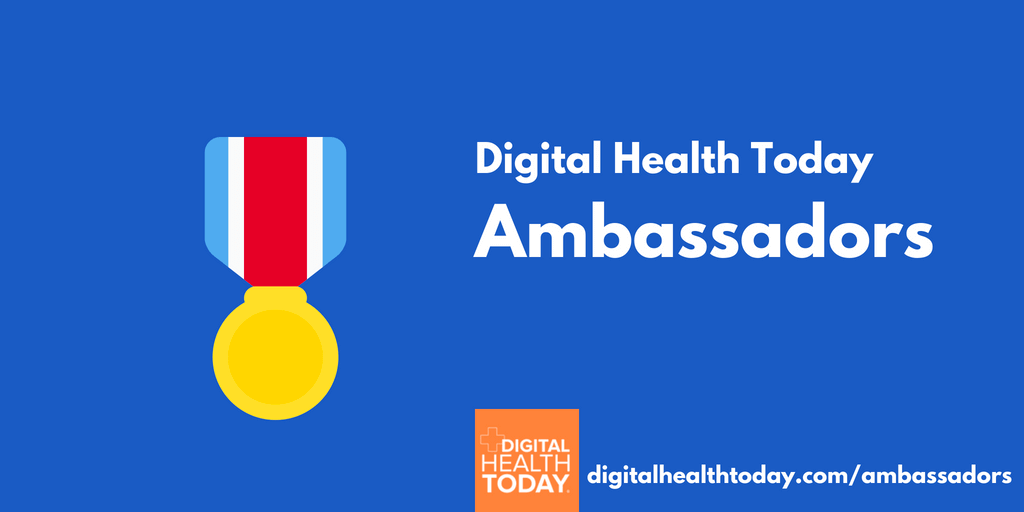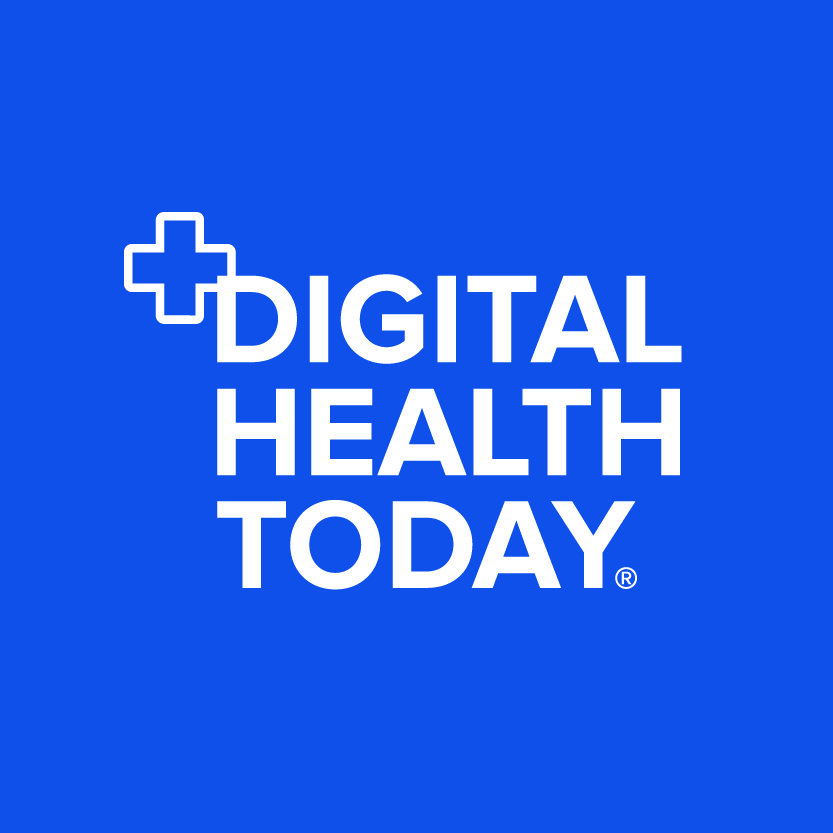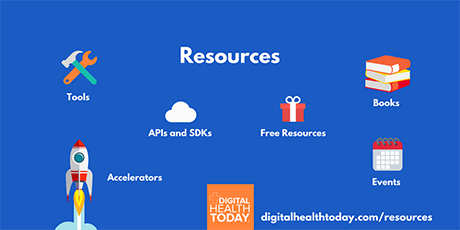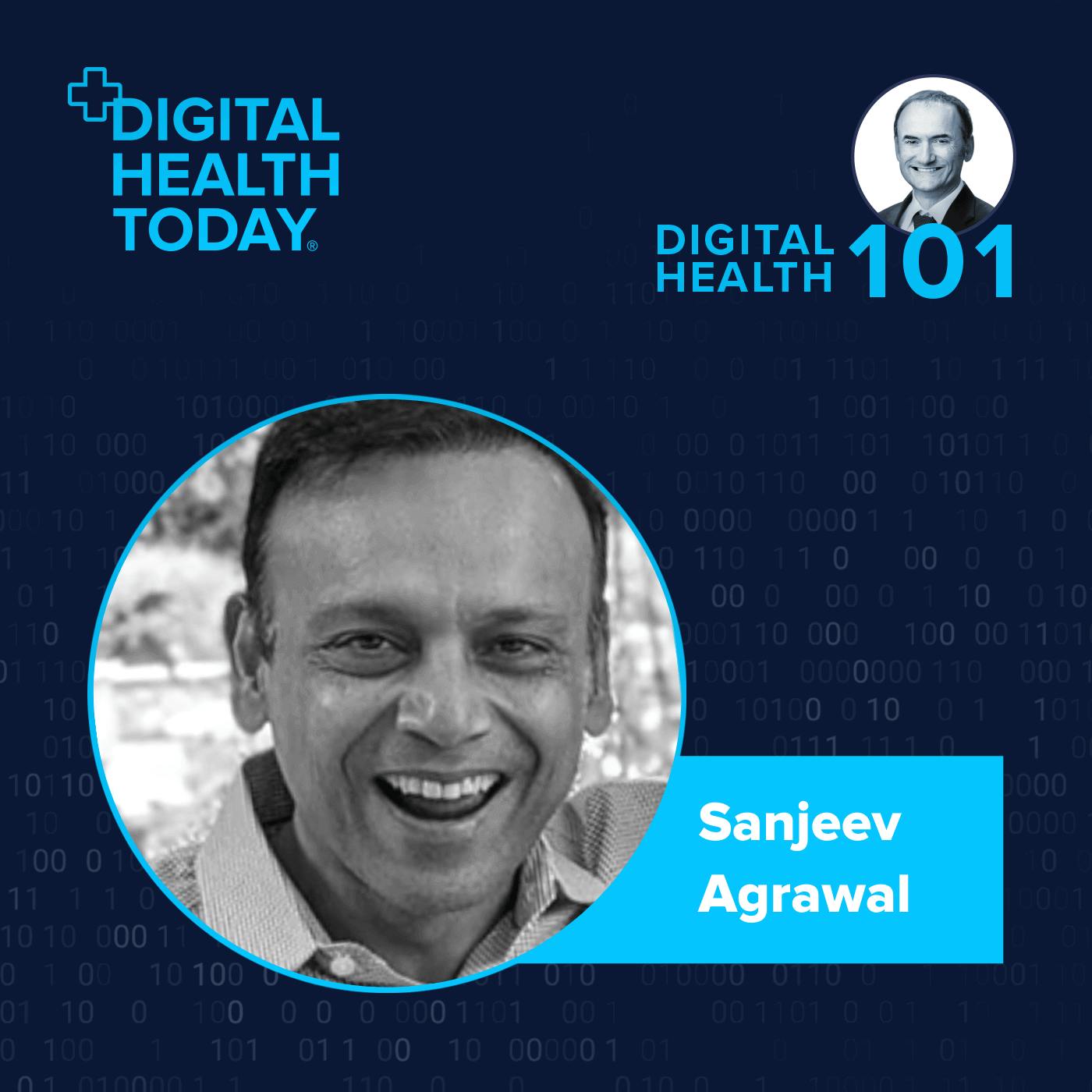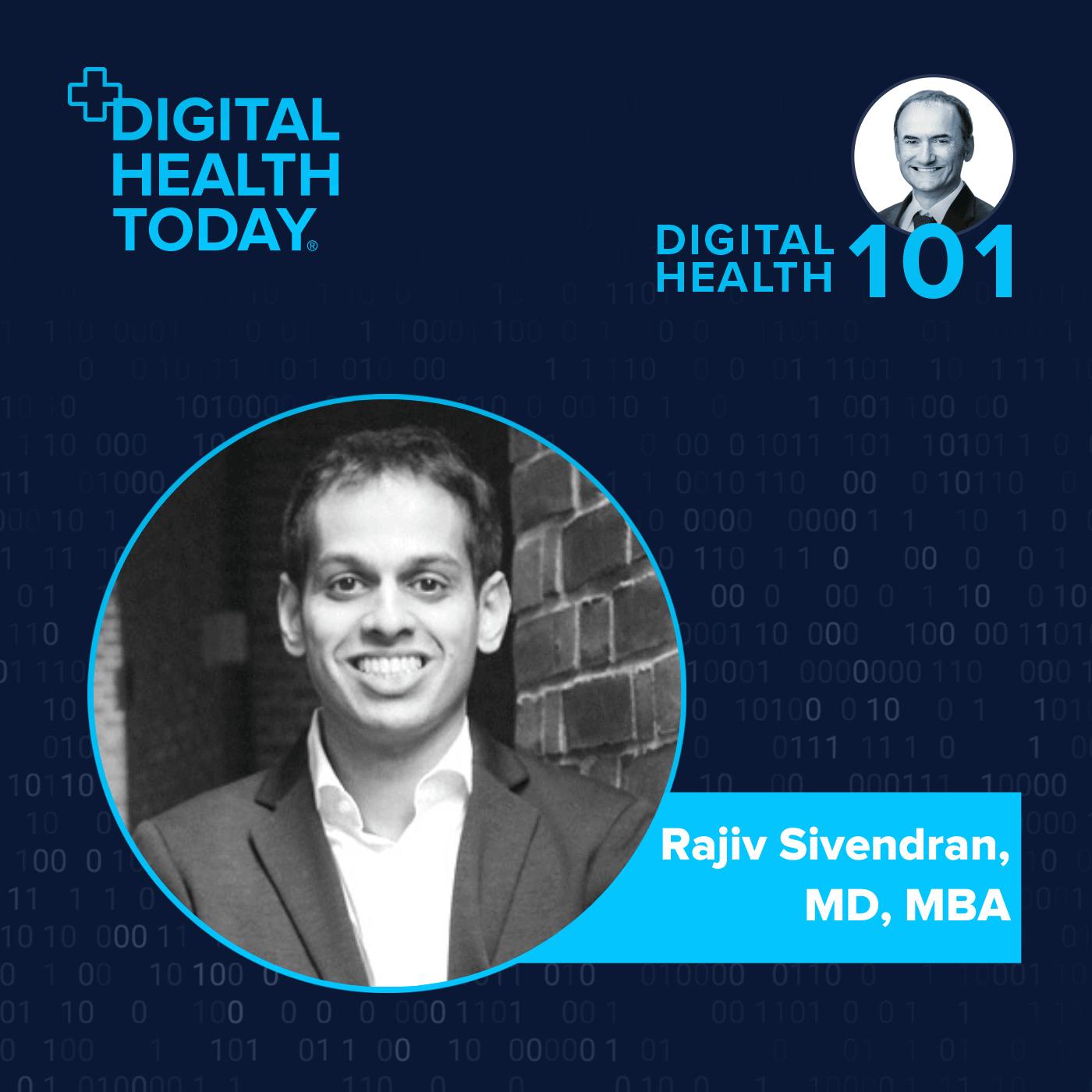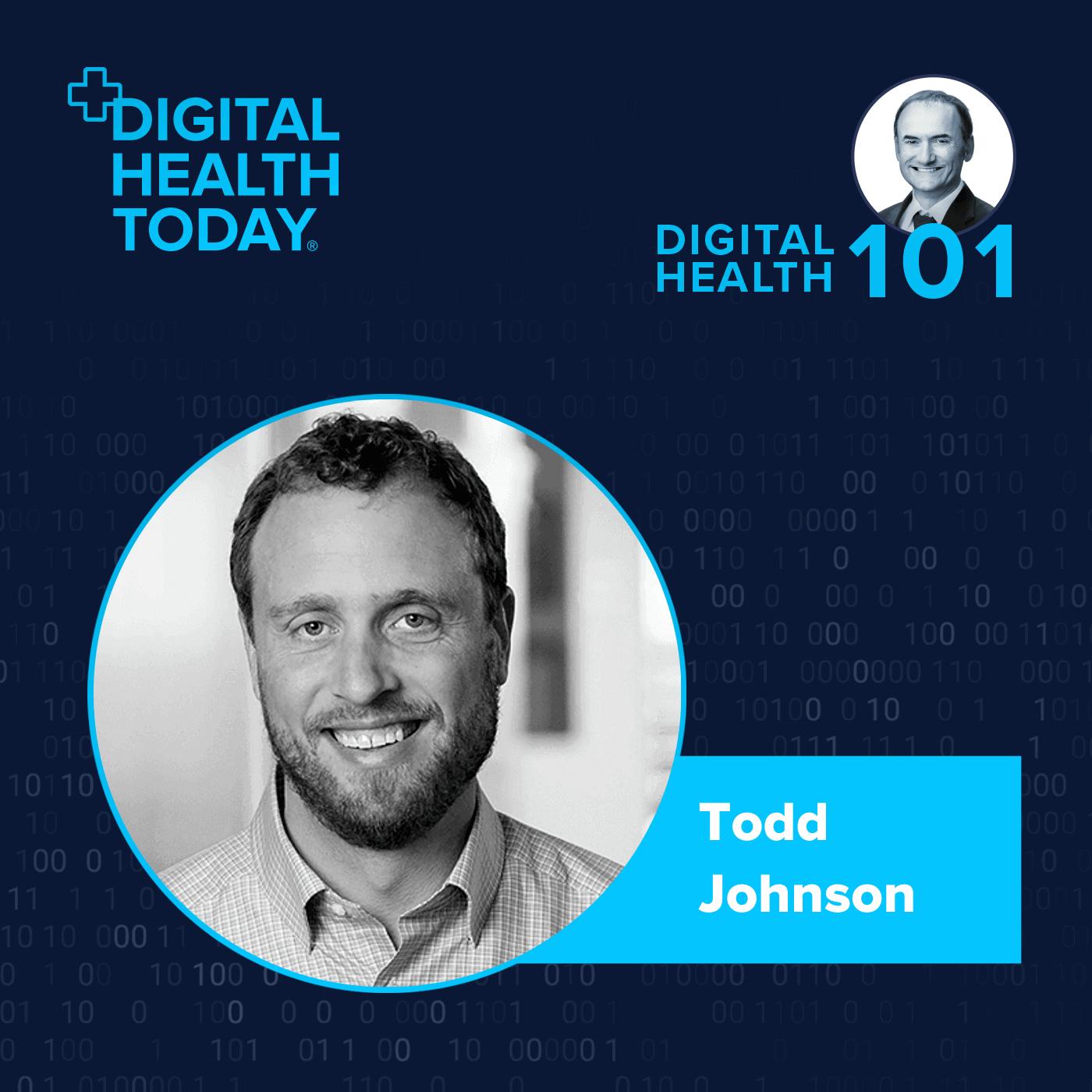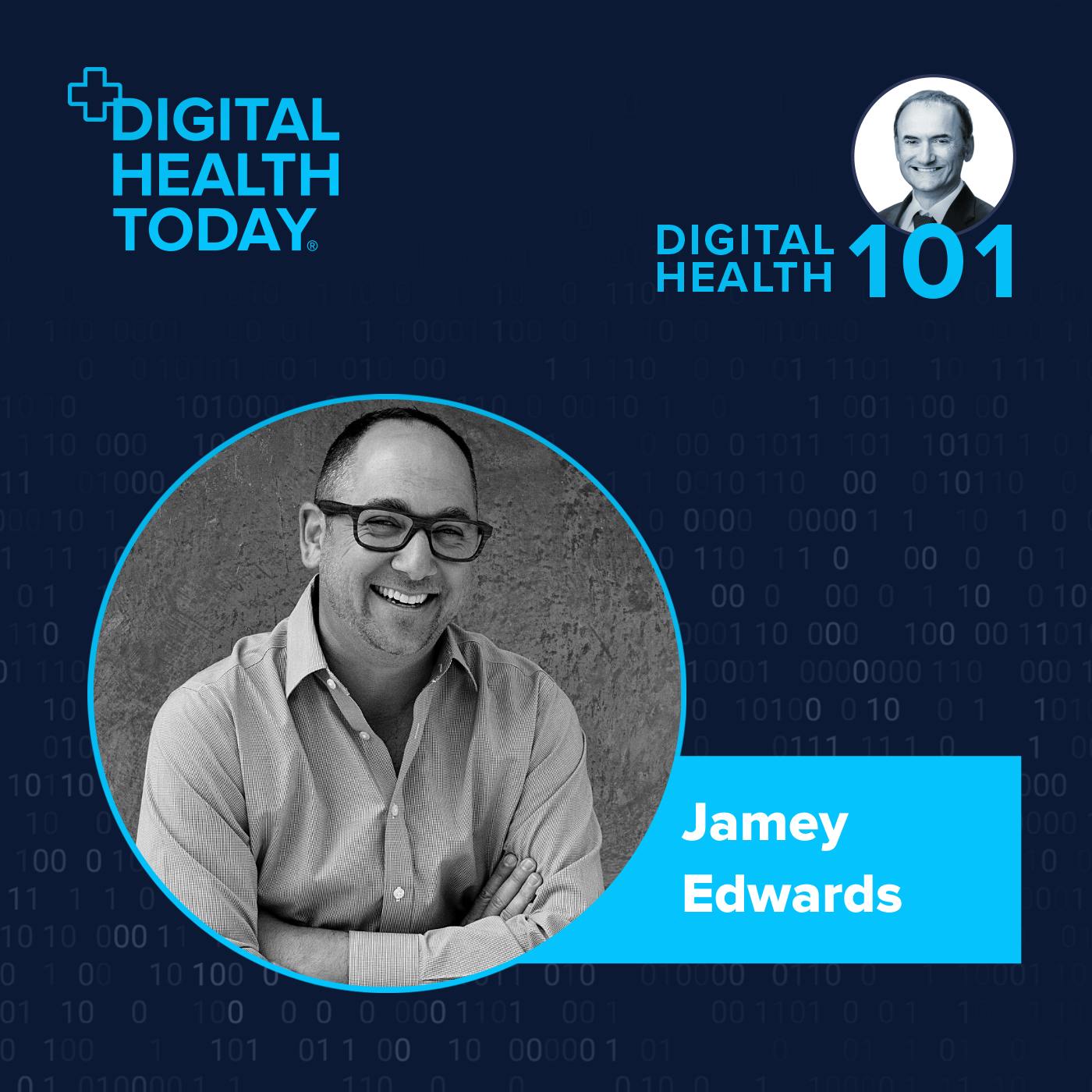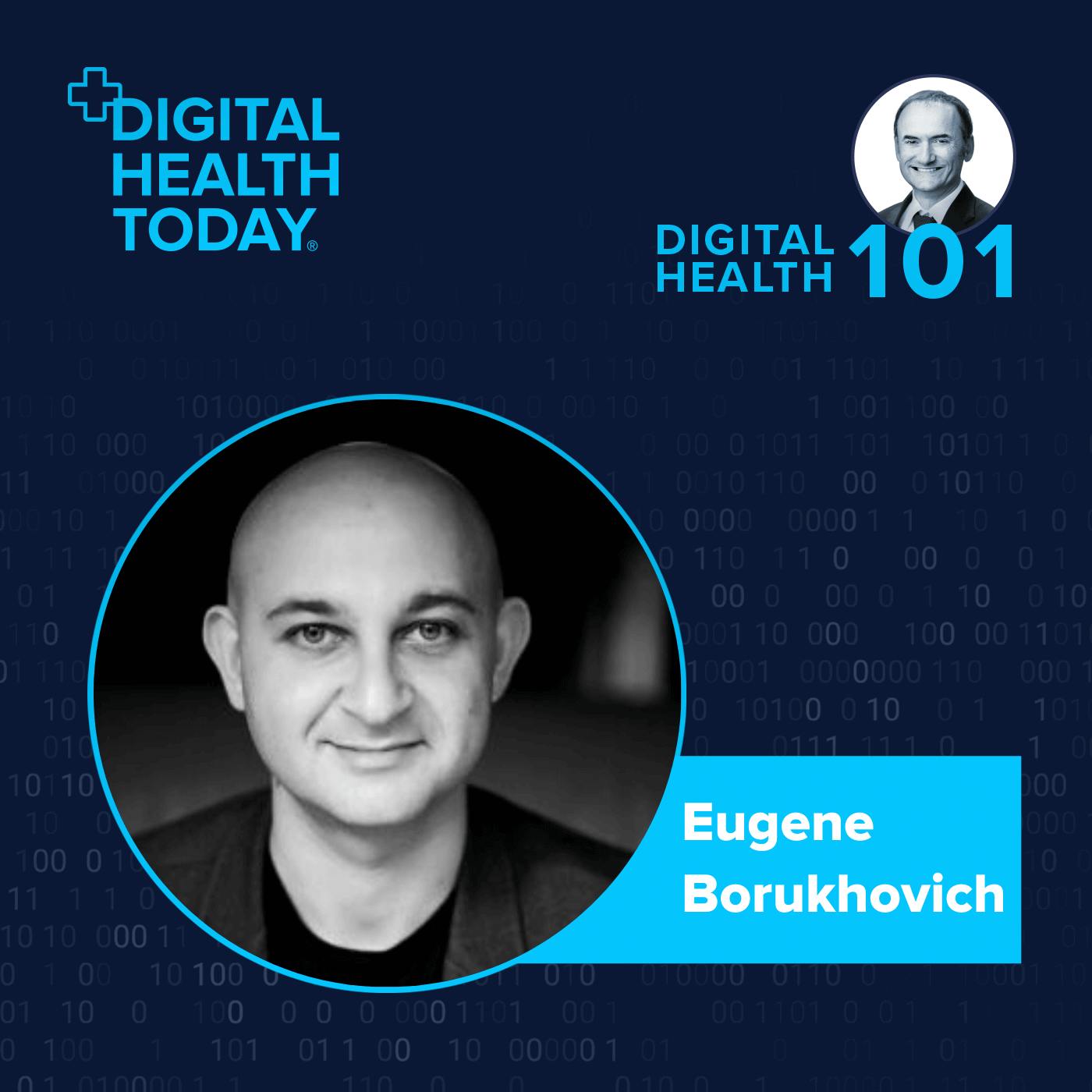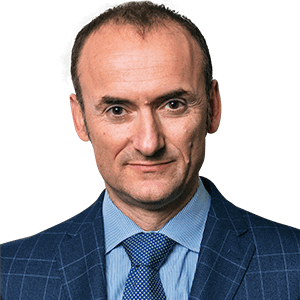Digital Health 101
Explore the pain points in healthcare, and how digital technologies can help solve them
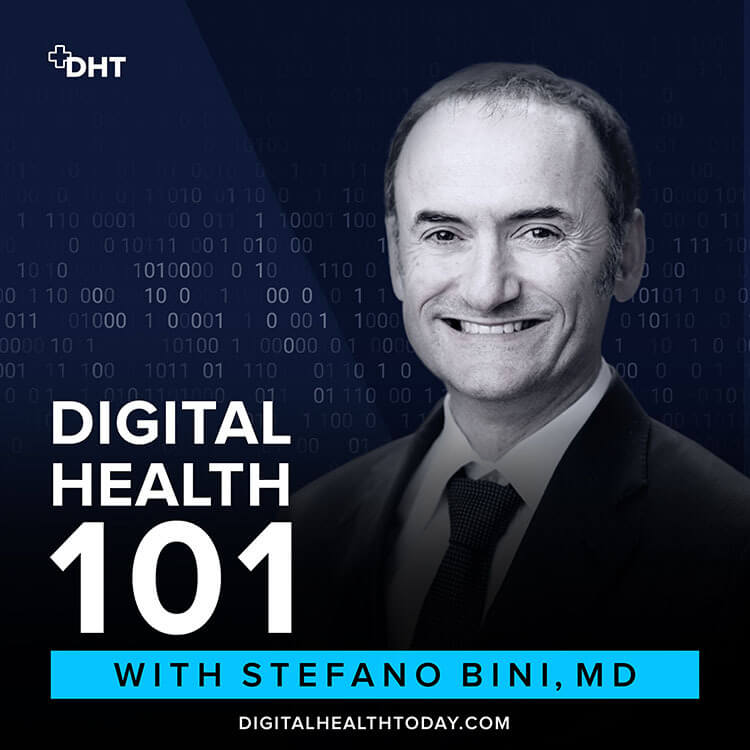
Latest From Series
Using AI in the Operating Room
In this episode, we are privileged to host Sanjeev Agrawal, President and CEO at LeanTaas. This is a healthcare software company that increases patient access to medical care. When Stefano first met Sanjeev at the first DocSF Conference, the company was just a start-up. Today, the company has grown into an established and well-funded company that is changing how we manage hospitals across the country.
Sanjeev recounts his healthcare entrepreneurial journal, which began when his team successfully solved a Stanford Cancer Institute problem. He discusses machine learning applications and gives excellent real-world examples of problems where machine learning can be applied. We also tackled the data they are looking for to solve problems and where machine learning is going in the future.
This conversation is fascinating, not just on how to solve complex healthcare problems utilizing accurate data, because there's more to it than that, so make sure to tune in!
About Sanjeev Agrawal
Sanjeev serves as the President and Chief Operating Officer for LeanTaaS. Sanjeev was Google's first Head of Product Marketing. Since then, he has led three successful startups - CEO at Aloqa (acquired by Motorola), VP Products & Marketing at TellMe Networks (acquired by Microsoft), and Founder & CEO at Collegefeed (acquired by After College).
Sanjeev graduated with a BS and MS in Electrical Engineering and Computer Science from MIT. He started his career at McKinsey & Company and Cisco Systems before joining Google. Sanjeev is a Forbes contributor and also writes on his blog at http://medium.com/@saagrawa. He is an avid squash player and has been named by Becker's Hospital Review as one of the top entrepreneurs innovating in Healthcare.
Key Takeaways:
LeanTaas cannot create volume, but it can help clinics and hospitals optimize patients physicians should be seeing.
The EHR has a historical record of all surgeries performed in the past by the block owner.
90% of a data science problem is the data. So science is important until you can extract meaning from it.
Most healthcare visits are not so simple.
Small data can make a world of difference.
Once you have clean data, then you can apply your algorithm.
Resources
Website: https://leantaas.com/
LinkedIn: https://www.linkedin.com/in/sanjeevagrawal2007/
Twitter: @saagrawa
November 24, 2021
Using AI in the Outpatient Clinic
In this episode, we are privileged to host the fantastic Dr. Rajiv Sivendran, Co-Founder and CEO at Apprentice Health. He is an expert in the simulation space and optimization of resources. Rajiv is driven by the desire to solve problems in healthcare, and the idea for his company started when he was doing his MBA at Harvard.
Rajiv explains simulations and modeling, and links that to resource allocation and logistics in healthcare. He also discusses queueing theory, starting simulations in healthcare, the different variables involved, and ways to collect the healthcare data needed for the simulation. We hyper-focus on the power of the simulation approach and where it is heading. Rajiv provides powerful examples of simulations and where they can and cannot be successful. We also cover the marketing, ROI side of simulation, and more.
There are many potential uses of simulations, and this conversation is an excellent start to learn about it and how you can use it in your clinic or hospital, so tune in!
About Rajiv Sivendran, MD
Rajiv Sivendran is the Co-Founder and CEO at Apprentice Health, a software that helps to deliver exceptional care by improving the use of their valuable resource - clinical time and space. Before Apprentice, he worked as an Attending Physician at Brigham and Women's Hospital and as a Clinical Fellow and Instructor of Medicine at Harvard Medical School.
Key Takeaways:
You have to understand the laws of nature that govern that specific niche.
A standard practice doesn't do simulation.
It is simpler to get started on something simple.
It is hard to build the data set in simulation.
Each sensor is uniquely identified to them when a patient comes in.
You can build your nuance into your simulation model. It could be super simple, or it could be super complex.
Every doctor obeys the same rule of queueing.
The model can take different inputs to provide outputs specific to practice.
There are so many variabilities in healthcare.
Resources
LinkedIn: https://www.linkedin.com/in/rajiv-sivendran-md-mba-1a519283/
Twitter: @rajiv_sivendran
Website: https://www.apprenticehealth.com/
November 17, 2021
What does patient engagement mean in healthcare, and how do you define it?
Todd Johnson’s work has always been about how we can make a patient’s experience more continuous. One of the most significant opportunities Todd recognizes in the use of these integration systems is behavior change. Information processing may be overwhelming, and this is why moving to digital systems will make this easier. The outcome is a win-win relationship for both patients and medical staff. Patients will have better clinical experiences; meanwhile, the team will save time.
Patient engagement is increasing over time with these technologies. Tune in to this episode to know much more about where we are headed.
About Todd Johnson
Todd Johnson is a serial entrepreneur committed to building innovative products that engage patients and connect them to their care teams. He builds strong companies on products that address market needs and offer long-term strategic potential from great ideas.
He is leading HealthLoop's evolution to become the foundation for GetWell Loop™ and managing the acquired Mountain View, Calif. office. Once the integration process is complete, his focus will influence GetWell Loop’s product development and sales strategy.
Todd holds a Bachelor of Administration in computer science from Cornell University.
Key Take-aways
The gold standard in integration is to have all the information and data from a patient available.
Integration and Data systems create a win-win relationship.
This transformation in-patient care requires leadership and a change in how we think about it.
When deploying this technology, patient engagement was variable.
Patients will use these apps when it’s a way to communicate with the medical team instead of following instructions from it.
Resources
Connect and Follow Todd on LinkedIn here: www.linkedin.com/in/toddjohnson10/
Learn more about the LearnMore GetWell Network here: https://www.getwellnetwork.com/getwell-loop/
Source: https://www.getwellnetwork.com/profiles/todd-johnson/
November 10, 2021
What is 'Interoperability' in healthcare and why is it important?
The systems that store your health records across different providers are probably not talking to each other. Even if they are, it certainly didn't happen by accident.
This is a problem Niko Skievaski is working to solve.
Interoperability is a technical term that comes from outside of healthcare. The meaning of it is when two or more systems can share data with each other.
Niko explains that there are three levels of Interoperability:
The first level is one in which data is shared between systems or providers.
The second level is within a single care setting, known as Integration.
The last and third one is giving patients their data or Patient Authorized data Access.
The topic of data is something we could discuss for hours - but we don't have that kind of time! Instead, this episode is a greatly simplified way to understand it!
About Niko SkievaskiNiko Skievaski is a co-founder of Redox, a modern API layer for EHR integration. Before Redox, he co-founded a co-working space and business incubator in Madison that attracts fellow former-Epic employees interested in startups. With Redox, he has raised $4 million to make an API that works as a bridge between healthcare data and the software that uses it, translating patients' records across platforms. Niko has a Bachelor of Arts/Science from Arizona State University and a Master of Arts from Boston University.
Key Take-aways
HL7 is the most used integration standard used.
HL7 can be understood as a language.
Integration space needs to be bi-directional.
API stands for Application Program Interface
Interoperability is in the middle of data governance and the legal part of sharing.
A patient’s data could be hundreds of pages long.
We have information at our fingertips during this century.
Resources
Connect and Follow Niko on LinkedIn here: https://www.linkedin.com/in/skievaski/
Know more about Redox here: https://www.redoxengine.com/
Medcity News: https://medcitynews.com/author/nikoskievaski/#:~:text=Niko%20Skievaski%20is%20a%20co,Health%20IT%2C%20Startups
Forbes: https://www.forbes.com/profile/niko-skievaski/?sh=1d65e0254ddd
November 3, 2021
How to Deliver Healthcare in 250+ Languages
The importance of understanding each other: video remote interpreting platforms.
Health disparities are as broad and different as a color palette. Jamey Edwards works to improve them with Cloudbreak Health. Trust in the patient-provider encounter is essential and necessary in the 21st Century. This is why he started providing language services to enhance these barriers in medicine. The pandemic has caused everything to turn towards digital solutions. What used to be an in-person visit, now is an email or a phone call. This is where telemedicine is headed: the simplification of processes from the providers’ side. Also, the collaboration between institutions will boost to improve a single patient's experience.
Join Stefano and Jamey in this beautiful conversation about how technology will #humanizehealthcare!
About Jamey Edwards
Jamey is on a mission to fix healthcare. Jamey has founded and co-founded companies in hospital management, physician outsourcing, and telemedicine as a serial entrepreneur. He is currently the CEO of Cloudbreak Health, a leading unified telemedicine company currently performing over 130,000 encounters per month in over 1,900 healthcare venues nationwide.
Jamey is a member of the Global Army of Healthcare Transformers of StartUp Health and is focused on two main moonshots of increasing access to care and driving the cost of care to zero. He graduated as a Tradition Fellow from Cornell University in 1996 & received his MBA from Cornell's Johnson Graduate School of Management in 2003.
Key Take-aways
The difference in Language is one of the most significant medical disparities across the globe.
Telemedicine is bringing patients closer to doctors.
With the advancement of technology, collaboration between institutions will be easier.
Technology is constantly changing and working to improve the patient’s experience.
Resources
Connect and Follow Jamey Edwards on LinkedIn: https://www.linkedin.com/in/jameyedwards/
Follow Jamey Edwards on Twitter: https://twitter.com/jameyedwards
Visit Cloudbreak Health on the web: https://www.cloudbreak.us/
Follow Cloudbreak Health on LinkedIn: https://www.linkedin.com/company/cloudbreak-health/
Follow Cloudbreak Health on Twitter: https://twitter.com/CloudbreakHLTH
Follow Stefano Bini on Twitter: http://twitter.com/sbinimd
Follow Personalized Arthroplasty Society: https://www.personalizedarthroplasty.com/
October 27, 2021
What is a Digital Therapeutic? And how do they work?
Let's dive into digital therapeutics! In this episode of Digital Health 101, we feature one of our good friends and digital health leaders: Eugene Borukhovich. Eugene is a serial intra & entrepreneur, executive, venture builder, and podcast host; the list is long and impressive!
Eugene starts by answering the question "what is a digital therapeutic?" We dive into the history of digital therapeutics ('DTx'), the different forms DTx can take, the breadth of application, and some great examples of companies who are creating real solutions with evidence, engagement and business models.
We also cover the impact DTx can have on accessing care, data collection, affordability, reimbursement and more.
Eugene also discusses the work of YourCoach.Health and how it supports health and wellness coaches to manage their business from end to end.
To learn more about digital therapeutics and Eugene's thoughts and insights, tune in to this episode!
About Eugene Borukhovich
Eugene is a serial intra and entrepreneur, executive, venture builder, speaker, and board advisor focusing on digital health. He is a Chairman and Founding Board Member at YourCoach Health and founder of Initium Impact Ventures. Prior to YourCoach, Eugene served as a Global Head of Digital Health at Bayer. He has also co-founded and sold a doctor rating startup and a consulting company.
Key Takeaways
A DTx delivers medical interventions directly to evidence-based patients, clinically evaluated to do the above: treat, manage, and even prevent different diseases and disorders.
The business models of DTx are being explored.
DTx promises to be affordable and offers digital access to a much larger population. All you need is a smartphone.
When the pandemic hit, emergency use went straight to the market for many behaviors and mental health-related digital therapies.
When people need help, that empathy is vital.
Mentions
YourHealth.coach
Akili Interactive
Welldoc
Omada
Pear Therapeutics
Big Health
Guest Links and Resources
Connect and Follow Eugene Borukhovich:
LinkedIn: https://www.linkedin.com/in/healtheugene/
Twitter: http://twitter.com/HealthEugene
Eugene's Podcasts:
Digital Therapeutics Edition on Digital Health Today: dtxpodcast.com
Digital Therapeutics Edition on Health Podcast Network: https://healthpodcastnetwork.com/show/digital-health-today-digital-therapeutics-edition/
October 20, 2021
About Digital Health 101
This podcast dives into the organizational and structural requirements for successful transformation to a new health paradigm. Join Stefano Bini, MD and his guests as they explore the pain points in healthcare, and how digital technologies can be developed and applied help solve them. Each episode considers the effectiveness and limitations of current models, as well as the potential and capability of new technology and practices that can improve or replace them.
Host
Professor Stefano Bini, MD
Dr. Bini is a Professor of Orthopedic Surgery specializing in hip and knee replacement and the Founder and Chair of the Digital Orthopaedics Conference, San Francisco (DOCSF). He consults for start ups and multinational organizations and has authored a book on change management. Dr. Bini’s appointment is with the department of Orthopedic Surgery at the University of California San Francisco (UCSF), ranked in the top 6 departments in the US. Current research interests include quantifying the impact of digital health on orthopedic care delivery, change management strategies in health care, and improving the results of total joint surgery by helping to challenge long held assumptions in surgical techniques. Stefano also serves on committees for national orthopedic organizations (AAHKS, AAOS), is an Associate Editor for Arthroplasty Today, and has delivered over 100 lectures nationally and internationally on both clinical and digital orthopedics.
